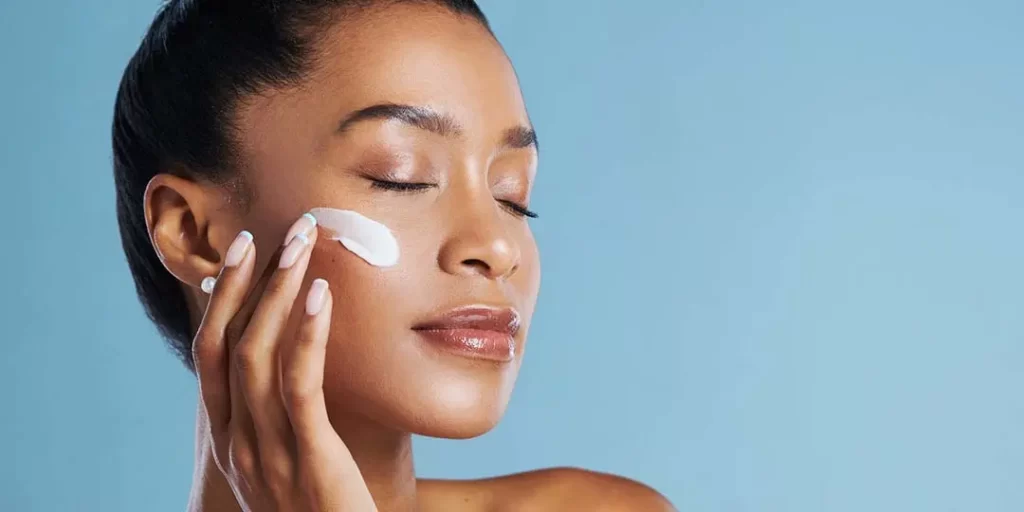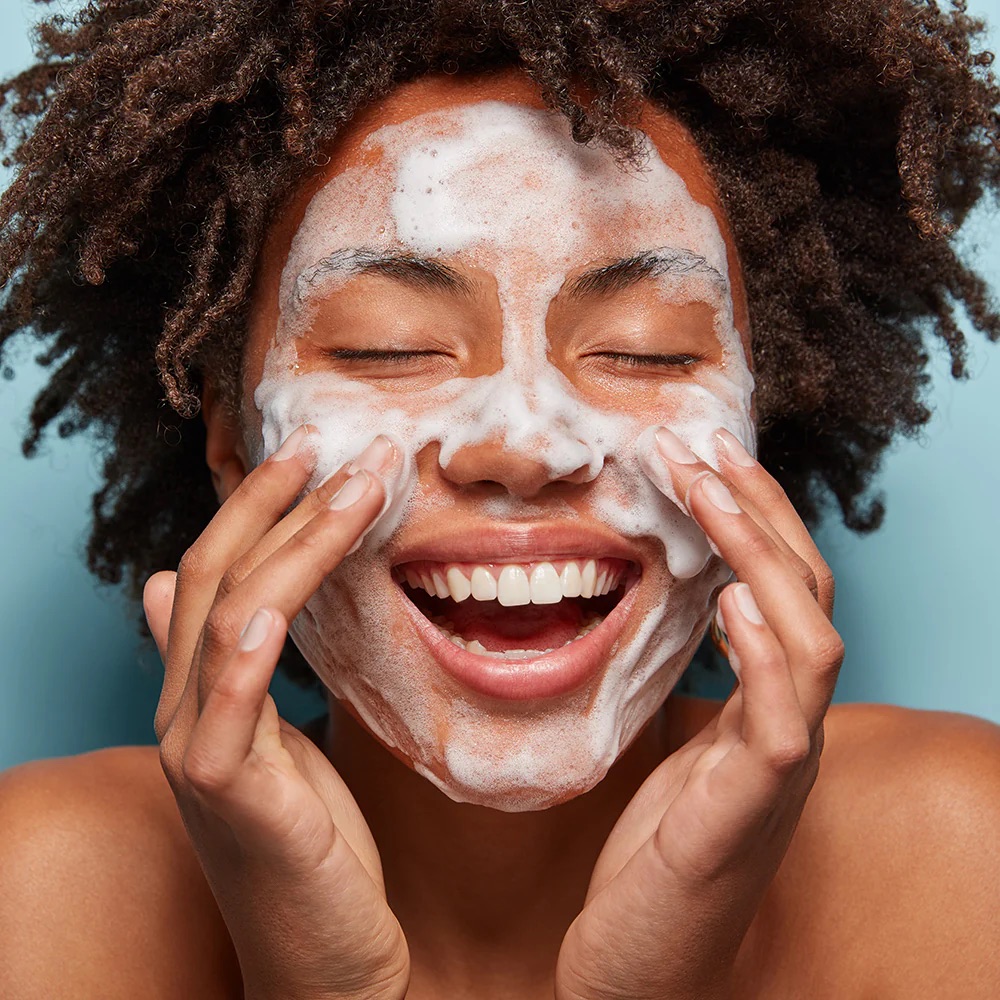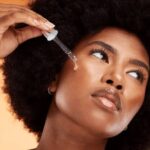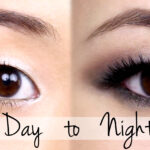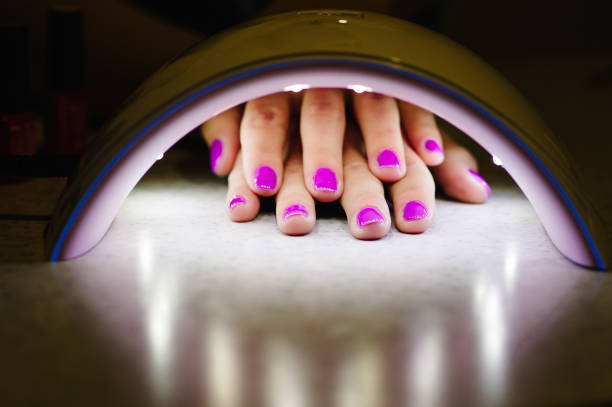Traction Alopecia: Causes, Prevention, and Treatment
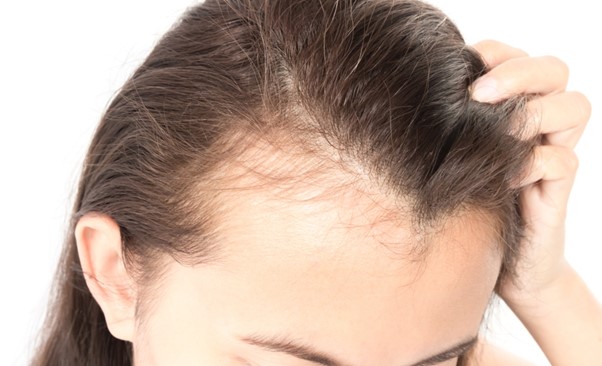
Traction alopecia is a type of hair loss caused by prolonged tension or pulling on the hair follicles. Unlike other forms of alopecia that may be genetic or autoimmune, traction alopecia is mechanical — meaning it results from physical stress on the scalp. It’s especially common in women who frequently wear tight hairstyles like braids, ponytails, buns, or weaves.
What Causes Traction Alopecia?
Traction alopecia develops gradually over time as hair is repeatedly pulled in the same direction. This constant tension weakens the hair shafts and inflames the follicles, eventually leading to hair breakage and loss. Some common culprits include:
-
Tight ponytails or buns
-
Braids or cornrows, especially if they’re done too tightly
-
Hair extensions or weaves attached too close to the scalp
-
Chemical treatments combined with tight hairstyles
-
Headwear like helmets, wigs, or turbans worn too snugly
-
Habitual hair pulling (also called trichotillomania)
Over time, these practices can lead to thinning around the hairline, temples, or crown — areas most affected by repeated tension.
Signs and Symptoms
Early detection is crucial. Look out for these signs:
-
Hair thinning, especially around the edges
-
Small bumps or redness on the scalp
-
Scalp tenderness or itching
-
Broken hairs near the hairline
-
Visible widening of parts or patches of hair loss
If left untreated, traction alopecia can become permanent, especially if scarring occurs on the scalp.
Who Is Most at Risk?
Anyone can develop traction alopecia, but it’s most commonly seen in:
-
Women of African descent, due to cultural hair styling practices like tight braiding or long-term weave usage
-
Dancers, gymnasts, and athletes, who wear their hair tightly pulled back
-
Individuals who frequently wear wigs with adhesive or combs that tug on the hairline
-
People with chemically treated hair, which is more fragile and prone to breakage
How to Prevent Traction Alopecia
Preventing traction alopecia is all about reducing stress on the hair and scalp:
-
Loosen up your hairstyles. Go for styles that don’t pull on your scalp.
-
Avoid repetitive stress — change your style often and let your scalp rest.
-
Use gentle accessories — ditch rubber bands and opt for silk scrunchies or soft clips.
-
Limit heavy extensions or weaves, and avoid bonding them too tightly.
-
Care for your scalp — massage it regularly to stimulate blood flow.
-
Protect hair while sleeping with a satin bonnet or pillowcase.
-
Avoid combining tight styles with heat or chemical treatments. This combo weakens hair shafts further.
Treatment and Recovery
If caught early, traction alopecia is often reversible. Here’s how to restore your edges and hair health:
1. Stop the Cause
Immediately stop any hairstyle or habit causing tension. Let your scalp breathe and heal.
2. Moisturize and Strengthen
Use deep conditioners and scalp oils rich in:
-
Castor oil
-
Peppermint oil
-
Jojoba oil
-
Rosemary oil
These promote hair growth and nourish hair follicles.
3. Stimulate Growth
Scalp massages, essential oils, and hair growth serums can help. Look for products with biotin, caffeine, or niacinamide.
4. Consider Supplements
Biotin, zinc, and vitamin D support healthy hair growth. Always consult your doctor before starting new supplements.
5. Consult a Dermatologist
If hair doesn’t regrow or if scarring is present, a dermatologist may suggest:
-
Topical steroids (for inflammation)
-
Minoxidil (to stimulate regrowth)
-
Platelet-rich plasma (PRP) therapy
-
Hair transplant (for severe, permanent loss)
Final Thoughts
Traction alopecia is preventable and treatable if caught early. It’s a gentle reminder that beauty should never come at the cost of your hair’s health. If you’re recovering from it, be patient — regrowth takes time, but with care and consistency, your hair can thrive again.




